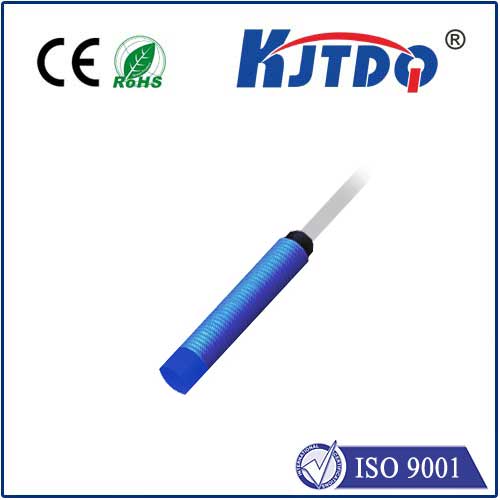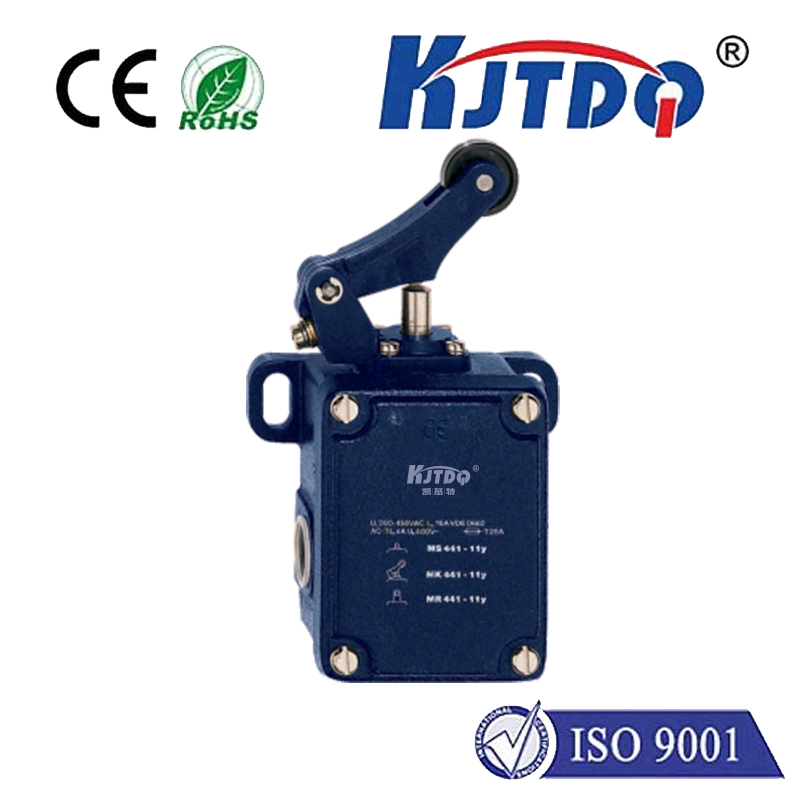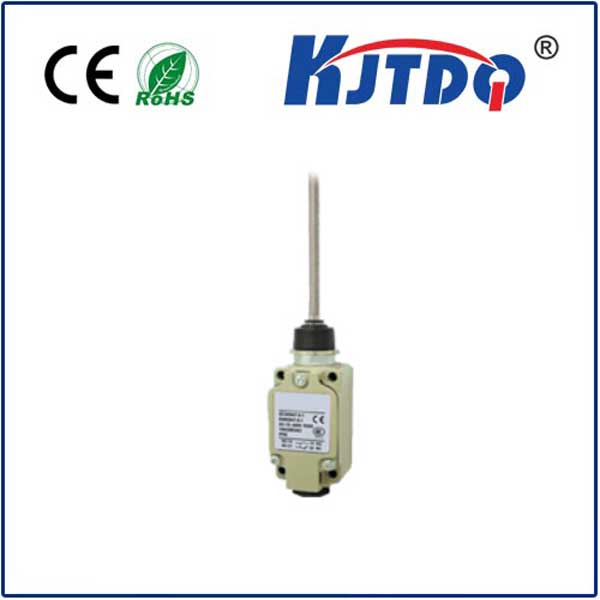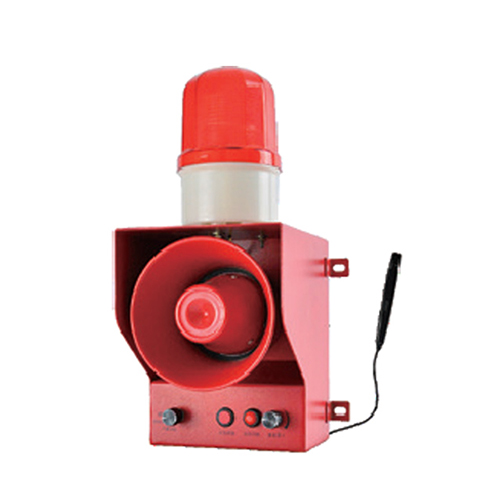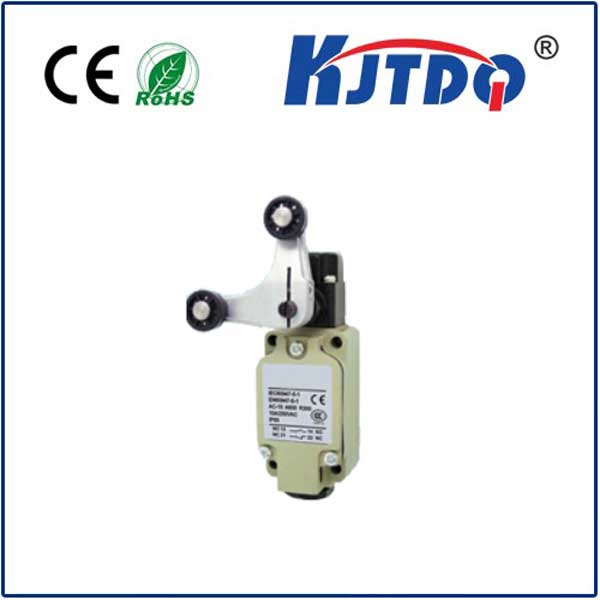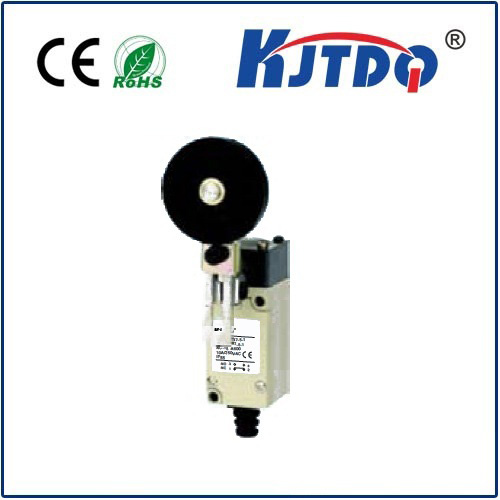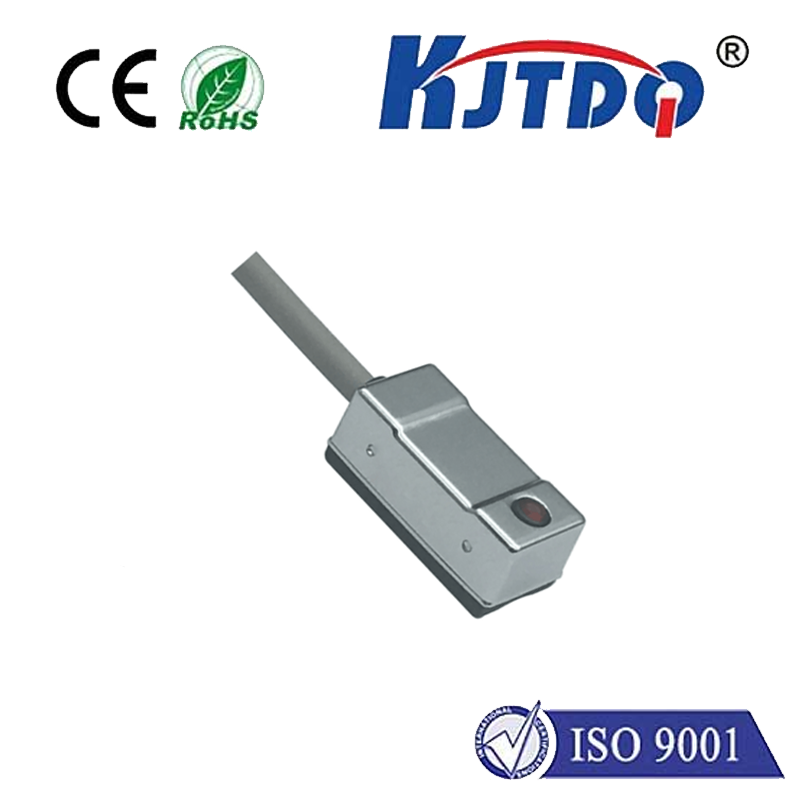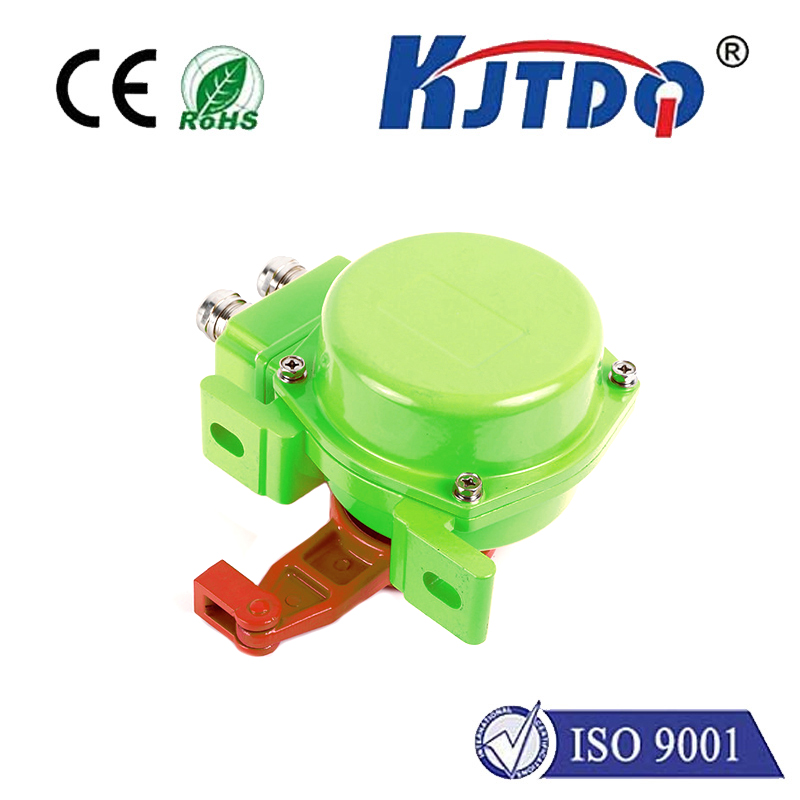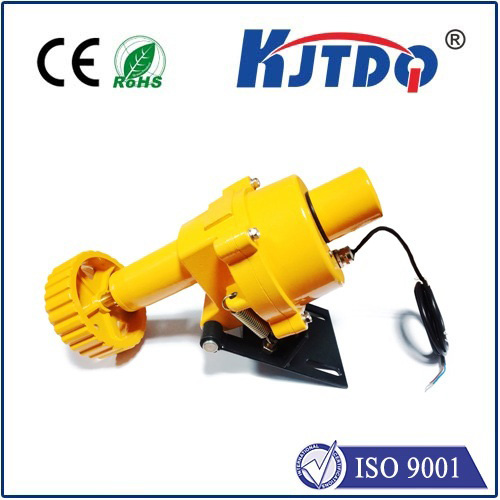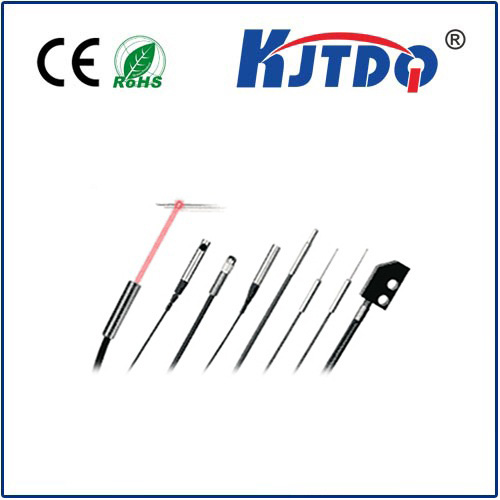

check

check

check

check
Imagine a colossal container being smoothly lifted high above a bustling port terminal, or tons of molten steel being precisely positioned within a foundry. The scene evokes power and efficiency. Yet, invisibly orchestrating the boundaries of this immense power is a critical, often overlooked component: the crane limit switch. Far from being just a minor part, this essential safety device acts as the final, vigilant guardian, preventing catastrophic accidents and ensuring operational integrity. Understanding its function, types, and importance is paramount for anyone involved in crane operations and maintenance.
At its core, a crane limit switch is a specialized electrical or electromechanical control device strategically installed on a crane. Its primary mission is simple yet vital: to automatically halt crane movement when it reaches a predetermined physical boundary or endpoint. Think of it as an intelligent bumper system. Without it, a crane’s trolley, hoist, or bridge could potentially travel beyond the safe runway, collide with structural components, or even cause an overload condition, leading to disastrous consequences like derailment, structural damage, equipment failure, or severe personnel injury. Essentially, it provides an automated safety net, enforcing the crane’s operational envelope.
How Does This Vital Safety Mechanism Work? The principle is elegantly straightforward. The limit switch is mounted at a specific location corresponding to the maximum safe travel point for a crane component – for instance, at the ends of the bridge girder rails or near the top and bottom extremes of the hoist path. An actuator arm or target attached to the moving part of the crane (like the trolley or hoist block) physically engages with the switch as it approaches the limit. When contact occurs, the switch triggers, instantly cutting power to the motion drive motor or activating the braking system for that specific direction of travel. This decisive action prevents over-travel, stopping the crane precisely where engineers intended.

The crane environment demands robust solutions, leading to several common limit switch types, each suited to specific needs:
The Strategic Placement of Crane Limit Switches is Crucial for Comprehensive Protection: Multiple switches are typically installed on a single crane:
Beyond the obvious crane safety imperative, correctly functioning limit switches deliver significant operational benefits. They prevent costly damage to crane structures, runways, and the building itself. They eliminate downtime associated with crashes and derailments. By ensuring smooth, predictable stops, they contribute to operational efficiency and prolong the lifespan of the crane’s mechanical drive systems. Crucially, they provide a fundamental layer of personnel protection, mitigating the risk of some of the most severe workplace accidents associated with overhead lifting.
Ensuring Reliability: Maintenance is Non-Negotiable. Like any safety-critical component, crane limit switches require diligent attention:
The humble crane limit switch is truly an unsung hero within the complex world of material handling. It performs its vital function silently and reliably, day in and day out. While massive motors lift loads and sophisticated controls guide movement, it is this small but mighty device that stands watch at the boundaries, ensuring that immense power remains under safe, controlled constraint. Investing in quality switches, precise installation, and rigorous maintenance isn’t just compliance; it’s a fundamental commitment to safety, asset protection, and operational excellence in any facility where overhead cranes are the workhorses of productivity. Understanding and respecting the role of the limit switch is essential for building a safer, more efficient lifting operation.
